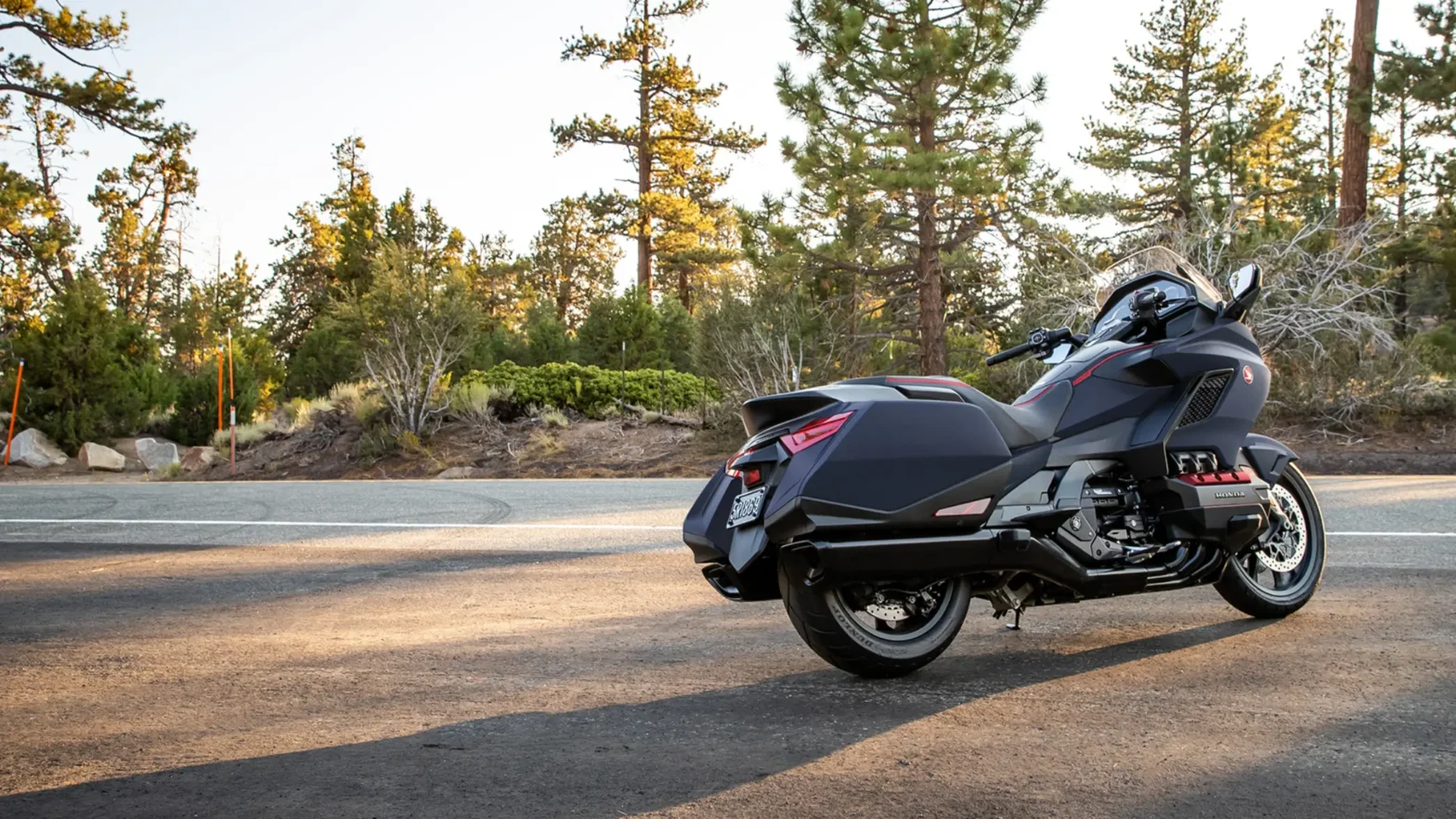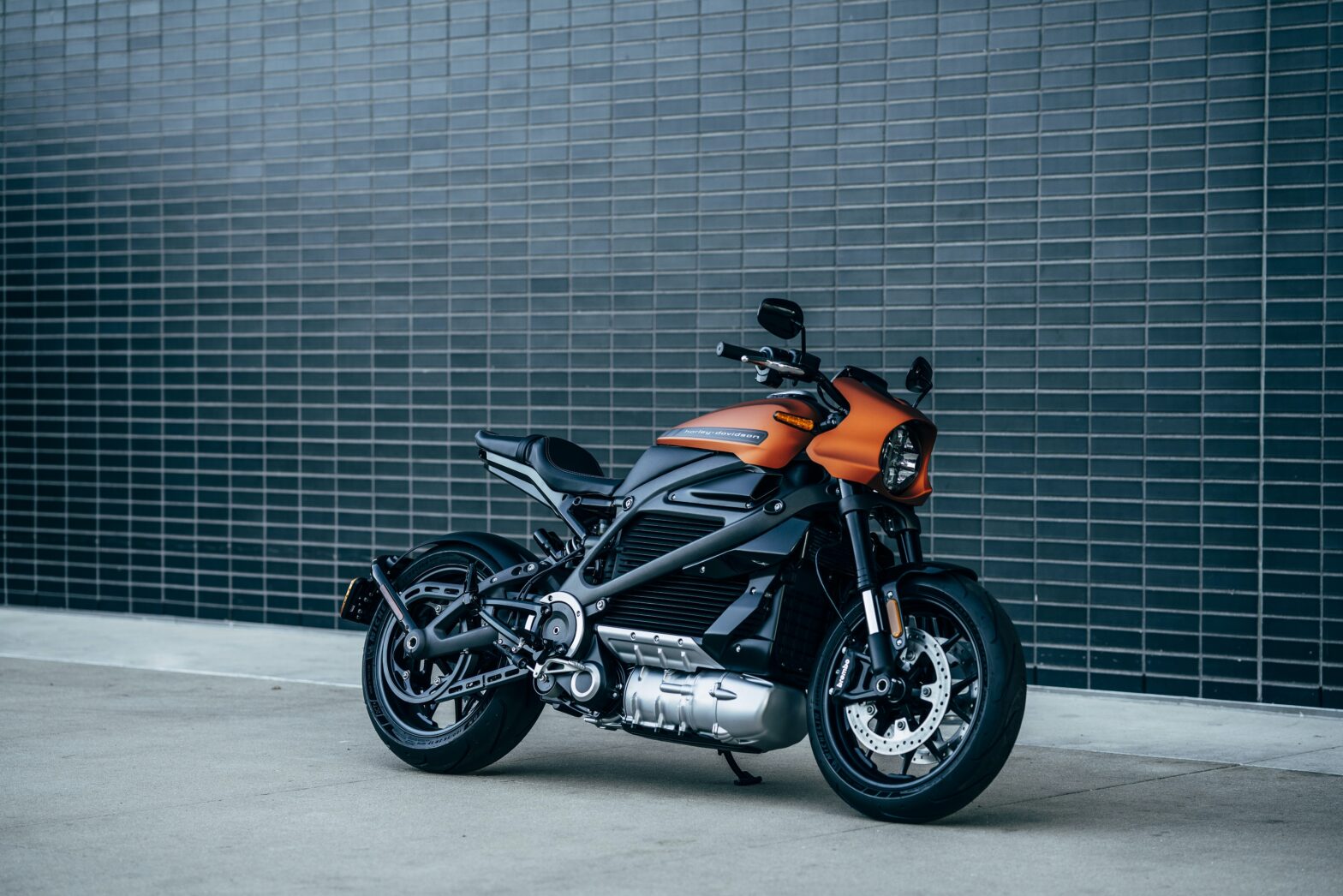The automotive industry has its analogs of motorcycle DCT. For instance, Volkswagen equips its cars with DSG robotic transmission.
The main difference between robotic gearboxes for cars and motorcycles is that motorcycle gearboxes are equipped with cam couplings and constant gear mesh.
How does DCT work
We assume that you know that the bike’s gearbox function is to transfer the torque generated by the engine to the chain or cardan and, as a result, get the motorcycle moving.

In the “robot”, the crankshaft is connected to 2 drive shafts using 2 clutches, each with 3 discs. The trick is that the 2 drive shafts are not next to each other, not one above the other, but one inside the other. Gearwheels responsible for even gears (2, 4, and 6) are attached to the outside shaft. Accordingly, gearwheels responsible for odd gears (1, 3, and 5) are mounted on the inner shaft. So the bike has 6 gears and 2 clutches with 3 discs each. Total 6 discs for 6 gears, i.e., for a separate transmission, the designers provided their own disk.
During the initial acceleration, the onboard computer engages both gears simultaneously, 1 and 2, and subsequently links the engine to the internal shaft via the clutch. The bike starts moving. When the speed in 1st gear increases and it is time to switch to 2nd gear, the shift occurs smoothly since 2nd gear has already been engaged. First, the clutch of the 1st gear is disengaged on the inner shaft, and then the clutch of the 2nd gear is engaged on the outer shaft. The clutch of the 3rd gear engages with the corresponding gear immediately after transitioning to the 2nd gear. This process continues until the transition to the 6th gear. For the rider, the operation of DCT is practically seamless, as there are no noticeable jerks, jolts, or drops in engine RPM.
The tuning of DCT
While the internal workings of DCT are relatively simple, the main challenges for engineers working with this type of transmission lie not in the hardware itself but in training the computer to shift gears at the right moment, accurately assessing all conditions, and teaching it to anticipate when to engage higher or lower gears.

In a typical scenario, as you smoothly increase the RPM in the 3rd gear, the computer has already prepared the 4th gear for a future seamless shift. However, if you suddenly begin to decelerate, the “electronic brain” needs to quickly recognize that an immediate shift to 2nd gear is required, rather than initially shifting to 4th gear and then downshifting to 2nd.
The goal is to optimize the shifting logic to ensure smooth and efficient gear changes, adapting to the rider’s inputs and the driving conditions in real time. This requires advanced algorithms and extensive testing to refine the DCT’s performance and make it respond intuitively to the rider’s intentions.
The solution to this problem involves connecting the control computer to numerous sensors that provide the Electronic Control Unit (ECU) with information such as lean angle, brake system operation, engine RPM, and more. Proper sensor data processing leads to precise calibration of the “robot” and timely gear shifts.
Honda’s engineers and designers faced significant challenges in fine-tuning DCT. The early automatic transmission systems that were introduced in 2010 had their shortcomings. For example, they would engage the wrong gears during bike leans or turns. However, these issues have been addressed and resolved.
The advantages of improved DCT include
- Two riding modes: The sport mode offers a more aggressive engine behavior, with higher RPMs and delayed gear shifts, while the normal mode provides smoother and more comfortable riding, keeping the RPMs lower and reducing fuel consumption.
- Engine braking on downhill slopes: Instead of shifting to a higher gear, DCT allows the motorcycle to maintain a steady speed by utilizing engine braking while descending.
- Controlled slip of the clutch: In aggressive throttle, the DCT system manages clutch slippage to maintain smooth operation and prevent jerky transitions.
In the CryptoMoto app for motorcyclists, Honda riders can ask experienced Honda riders any questions regarding DCT. They can also buy DCT automatic transmissions from other community members or find reliable technicians to repair their motorcycles. Additionally, users can enjoy the biker lifestyle, accumulate mileage on their bikes, socialize with friends, and even earn money for it. To learn more, download the CryptoMoto app on Android or join the iPhone users. The CryptoMoto app for bikers makes motorcycle riders’ life easier and more enjoyable!








